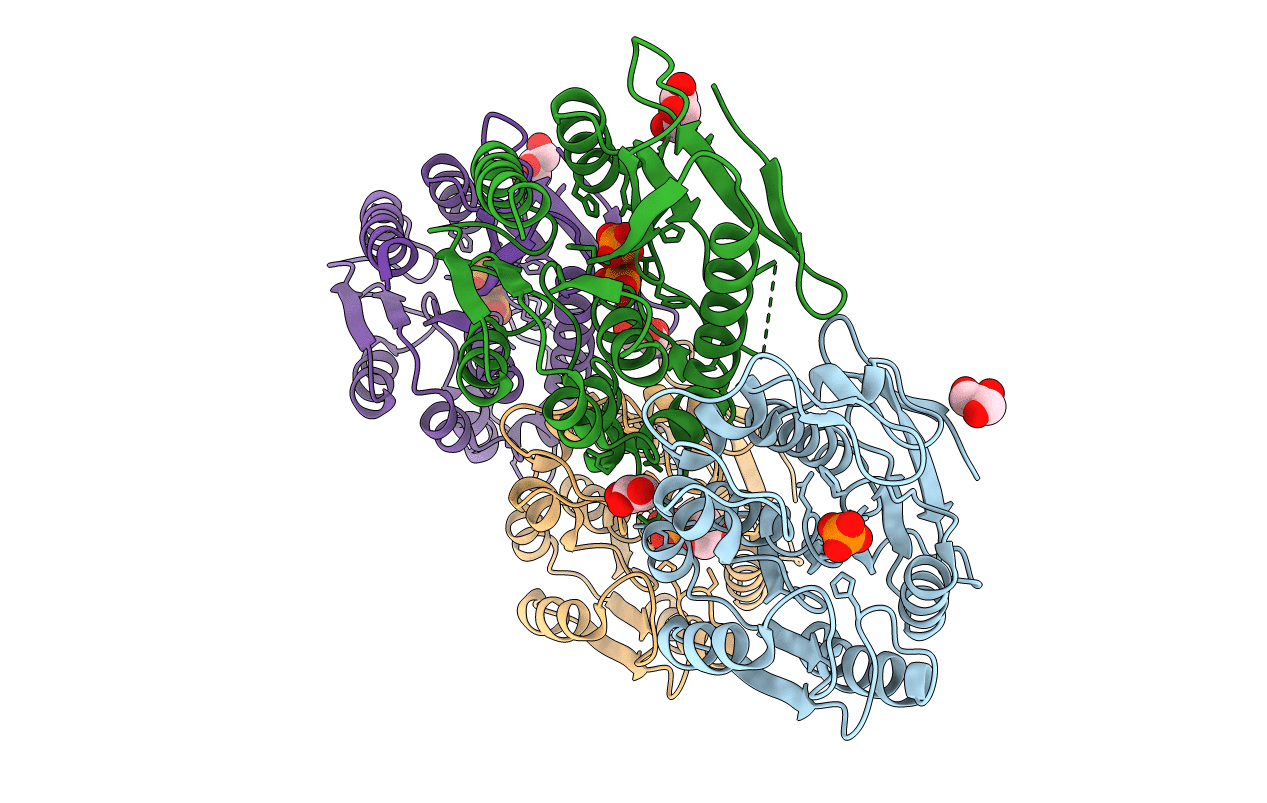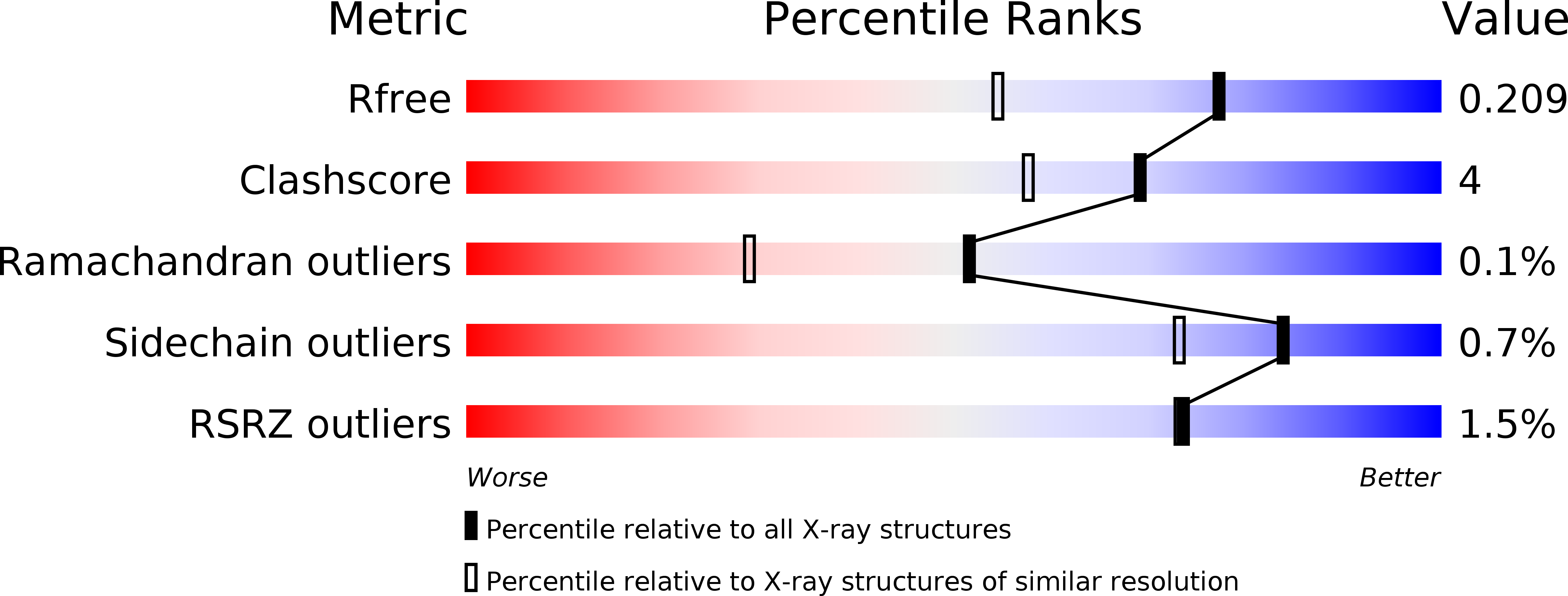
Deposition Date
2009-09-17
Release Date
2010-01-19
Last Version Date
2024-05-08
Entry Detail
Biological Source:
Source Organism:
CLOSTRIDIUM PROTEOCLASTICUM (Taxon ID: 43305)
Host Organism:
Method Details:
Experimental Method:
Resolution:
1.60 Å
R-Value Free:
0.19
R-Value Work:
0.15
R-Value Observed:
0.15
Space Group:
P 1 21 1


